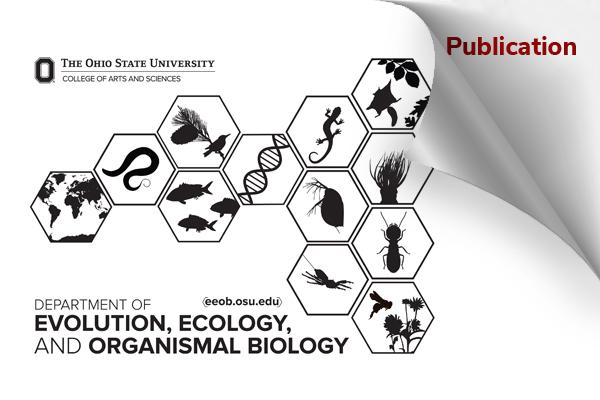EEOB Publication - Norris

Two new species of brush-tailed mouse, genus Calomyscus (Rodentia: Calomyscidae), from the Iranian Plateau
Elham Rezazadeh, Hessamodin Zali, Faraham Ahmadzadeh, Roohollah Siahsarvie, C William Kilpatrick, Ryan W Norris, Mansour Aliabadian. 2024. Journal of Mammalogy, gyad116. Link to article.
Abstract
The monogeneric family Calomyscidae includes the brush-tailed mice, genus Calomyscus, which have a Palearctic distribution ranging from the Hindu Kush Mountains in western Pakistan to the eastern Mediterranean region. Zagros Mountains—stretching from northwest to south of Iran—was assumed for long as the range of a single species, Calomyscus bailwardi; however, recent studies revealed considerable heterogeneities among the geographical populations presumably referring to the persistence of undescribed diversity. One such group from the western Zagros Mountains has recently been recognized as C. behzadi Akbarirad, Dezhman, Aliabadian, Siahsarvie, Shafaeipour, and Mirshamsi, 2021. Using molecular, morphometric, geometric morphometric, and karyotypic data, we examine the divergence of 2 additional groups from western Iran and name these as new species. The first of these species is distributed in the northern Zagros and western Alborz Mountains in northwestern Iran was recovered as the sister species to C. urartensis from the South Caucuses. The second species from a single locality in the central Zagros Mountains was clustered closely with C. grandis from the western Alborz Mountains. Morphologic analyses, karyological features, and genetic distances disentangled these 2 new species from their sister species.
